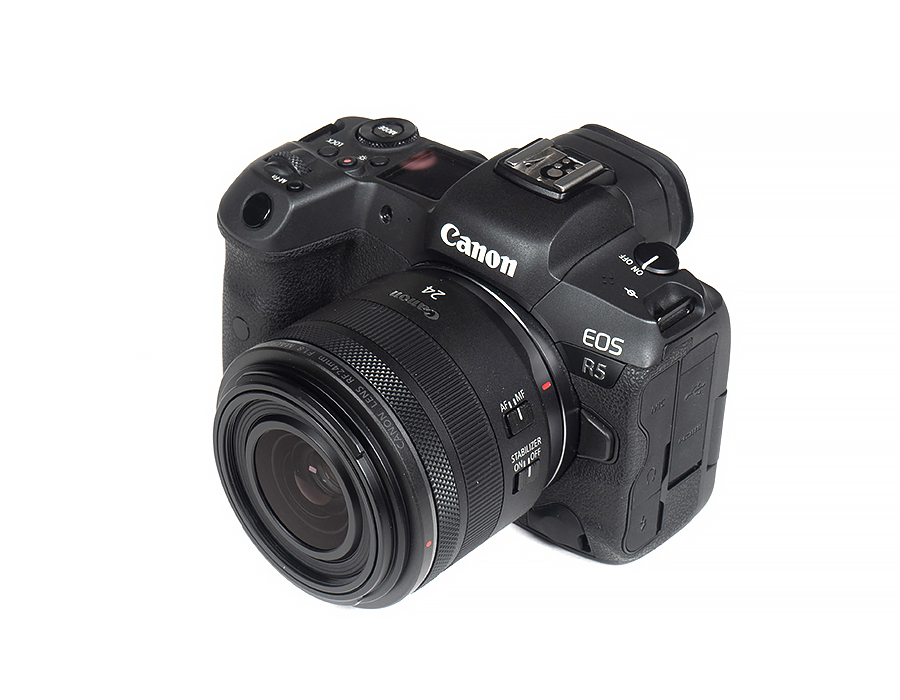The Canon RF 24mm f/1.8 IS STM macro is one of the more affordable lenses in Canon R-mount. At least on paper, it’s quite impressive – it’s fast, comes with an image stabilizer, and it even adds semi-macro capabilities. And at around $600 USD, it’s also quite affordable. Sounds like a winning recipe, so let’s dig into the details.
In terms of build quality, it is in line with Canon’s other consumer-grade prime lenses. The lens body is made of decent-quality engineered plastics based on a metal mount. The small, rubberized focus ring turns smoothly. It also features an additional customizable control ring, which can be configured to handle a variety of functions such as exposure compensation, ISO, aperture, WB, etc. The inner lens extends towards shorter focus distances. This may be a little unfortunate, but it relates to the macro capability, which allows a max magnification of 1:2 with a min focus distance of just 10cm. Canon doesn’t mention any weather-sealing which isn’t really optimal for a lens that will usually be used outdoors. Typical for Canon consumer lenses, the lens hood has to be purchased separately. Canon is probably the last of the Mohicans with this sales approach.

The RF 24mm f/1.8 IS STM macro uses an STM (Stepping Motor) for auto-focusing. It’s quite fast, but you can hear a bit of humming when it hunts. It’s also comparatively coarse, which is inherent to stepping motors. Manual focusing works “by-wire” as usual. The built-in image stabilizer is rated with an efficiency of “up to 5 stops”, and combined with in-camera IS, it can reach up to 6.5 stops. However, as always, take such statements with a grain of salt. For critical sharpness, you should expect one or two stops less, depending on your coffee intake.
| Specifications | |
|---|---|
| Optical construction | 11 elements in 9 groups (1x UD, 1x aspherical) |
| Number of aperture blades | 9 (rounded) |
| min. focus distance | 0.1m (max magnification 1:2) |
| Dimensions | φ 74.4 x 63.1mm |
| Weight | 270g |
| Filter size | 52mm |
| Hood | petal-shaped, bayonet mount, OPTIONAL |
| Other features | Customizable control ring, Image stabilizer |
Distortions
The Canon RF 24mm f/1.8 IS STM macro doesn’t have a fully corrected optical design. RAW images show a very heavy barrel distortion of more than 5% – which is disappointing for a prime lens. There is, of course, a correction profile, so auto-correction can do its thing perfectly, but this is a lossy procedure due to the required stretching of the outer image field.
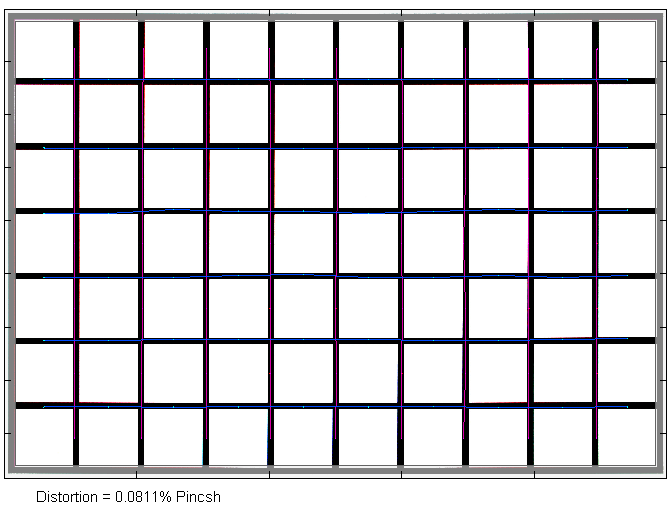
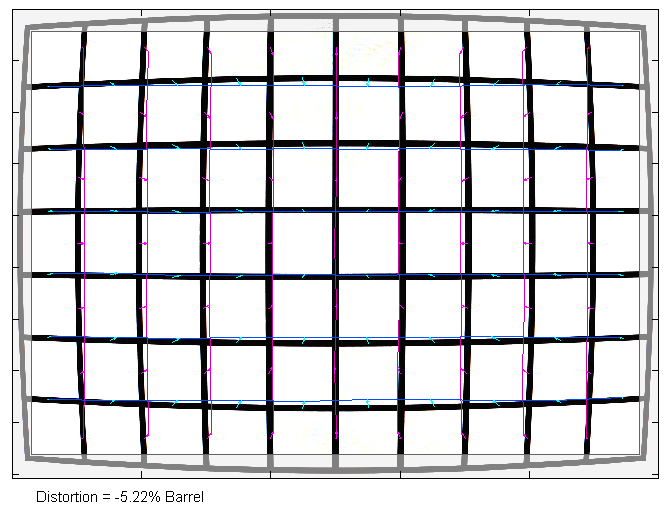
Vignetting
A similar issue is present with respect to vignetting. Without auto-correction, the light falloff is massive at large aperture settings – way in excess of our usual scale of full format lenses, which ends at 3EV (f-stops). The vignetting in RAW images is only somewhat acceptable from f/5.6 onward.
Auto-correction shaves of no less than 3 EV at f/1.8. The remaining vignetting of ~1.4EV (f-stops) is acceptable then, and it’s decent from f/2.2 already in this case.
Keep in mind that vignetting compensation increases corner noise due to signal amplification, so it’s not all sunshine and lollipops.

MTF (resolution) at 45 megapixels
In terms of resolution, the Canon RF 24mm f/1.8 IS STM macro does a good job, but it’s not special either. That’s most obvious at f/1.8 and f/2.2. The center quality is great, and the near-center is also very good. However, the borders and especially the corners are soft. This changes at f/2.8. The great center quality is, of course, maintained here, but the borders are lifted to good to very good quality, and the corners make it across the good mark, albeit only just. The peak quality is reached between f/4 and f/5.6 where the corners have finally caught up. Diffraction sets in at f/8, with a higher impact from f/11. f/16 should be avoided, as usual.
The field curvature is low. The centering quality of the tested sample was good.
Please note that the MTF results are not directly comparable across the different systems!
Below is a simplified summary of the formal findings. The chart shows line widths per picture height (LW/PH) which can be taken as a measure of sharpness. If you want to know more about the MTF50 figures, you may check out the corresponding Imatest Explanations.

Chromatic Aberrations (CAs)
Lateral CAs have an average width of around 1.5 px at the image borders. This is still fairly low. Auto-correction can handle the rest.

Bokeh
Wide-angle lenses aren’t typically used for shallow depth-of-field photography, but this Canon lens can be used to explore macro-level focus distances, so there’s some unusual potential here.
Surprisingly, out-of-focus highlights are quite nicely rendered – probably thanks to the rather unambitious optical design with just a single aspherical element. The inner zone of the discs is very clean and there’s only a bit of outlining visible. The circular shape remains mostly intact up to f/4. Overall, this is one of the best results for such a lens that we’ve seen here.

When looking at the highlight rendering across the whole image field, the discs deteriorate from the mid-field with more obvious “cat eyes” in the corners. Stopping down to f/2.8 restores the circular shape throughout most of the image field.
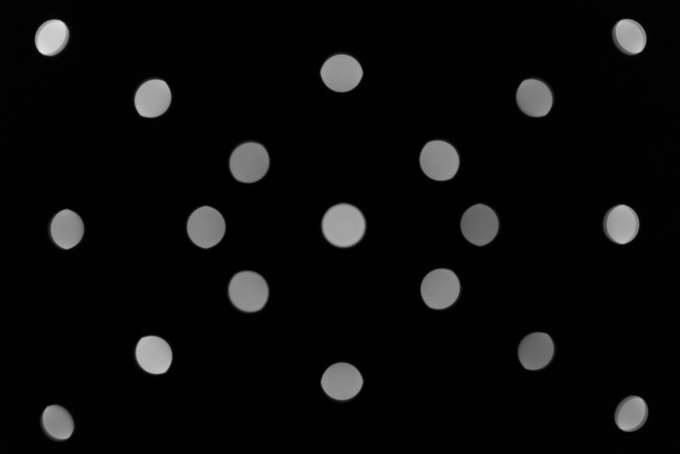


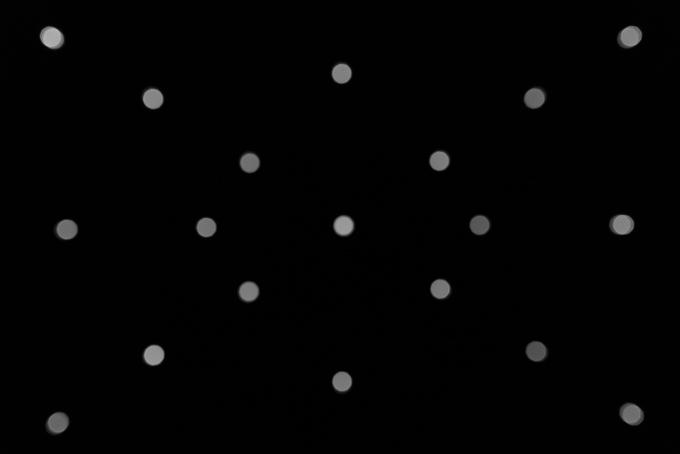
The positive impression continues in the focus transition zone. The background rendering – shown to the left below – is pretty smooth. The less critical foreground blur (shown to the right) is a bit more nervous but still quite good for a 24mm lens.

Bokeh Fringing / LoCA
LoCAs, or bokeh fringing, is a color fringing effect on the Z-axis. It shows up with a purplish tint in front of the focus point and a greenish tint behind – and it’s nearly impossible to fully correct in post.
The Canon RF 24mm f/1.8 IS STM macro shows a “normal” amount of color fringing at f/1.8 – you can’t expect anything better from a lens in this speed and price class really. Traces remain at f/2.8, and the issue is mostly gone from f/4 – as usual.
If you look closely, you may notice that the focus point shifts a bit to the back (a “Residual spherical aberration” or RSA). However, it’s not too bad and can usually be ignored.
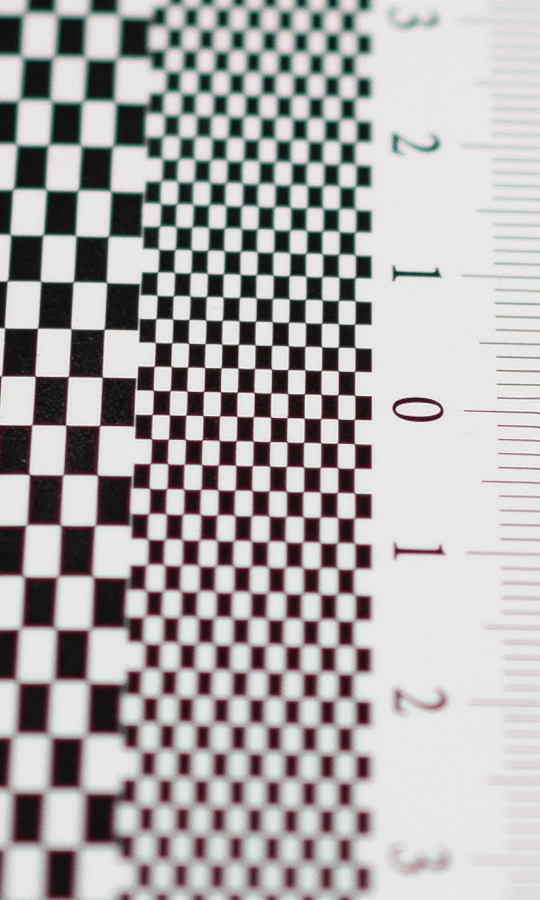



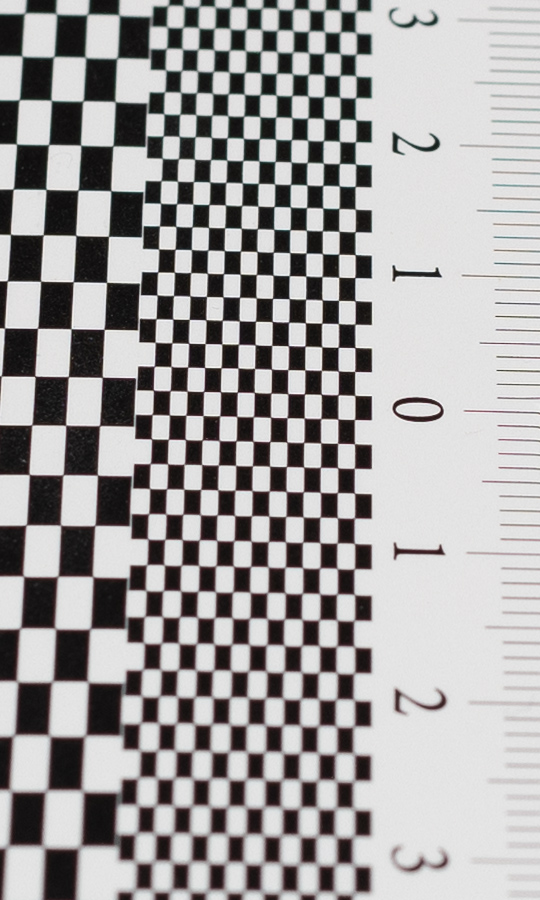
Sun Stars
Sun stars are an aperture effect that is produced when shooting pointy light sources – typically during nighttime.
The Canon lens has 9 rounded aperture blades – optimized for a pleasing bokeh rather than sun star rendering.
As you can see below, the effect is non-existent at f/1.8 when the aperture is fully circular. Stopping down produces marginal rays until f/5.6. However, the rays are getting more obvious at f/8, and they are pretty good at f/11 and f/16.

Sample Images
The Canon RF 24mm f/1.8 IS STM macro fills an interesting niche. It can be used for many applications from landscape-, architecture-, street- to some macro photography. Quality-wise, it's not fully convincing for a prime lens. That's most obvious at large aperture settings where the outer image field is (too) soft. This changes at medium apertures. While the dead center quality is superb, the borders and corners are "just" very decent without standing out. And prime lenses are supposed to stand out here. That's also because the lens relies heavily on image auto-correction to compensate the comparatively massive barrel distortion and vignetting. Lateral and axial CAs are about average for a lens in this class. A very positive aspect is the quality of the bokeh. Wide-angle lenses tend to suffer in this respect whereas the Canon lens renders out-of-focus areas quite nicely.
The build quality is good. Canon incorporated good quality engineered plastics based on a metal mount here. Less than ideal is the moving inner lens tube. It extends a fair bit towards close focus distances. And it's a bit unnerving when trying to mount the lens cap immediately after the shot because the camera is automatically retracting the inner lens tube when powering off. There's also no word on weather sealing. The AF speed is pretty good although you have to live with mild humming noise when it has to refocus between longer distances. A very welcome feature of the Canon lens is the image stabilizer which is a blessing in low-light situation especially with cameras that don't feature a built-in IBIS.
Overall, the Canon RF 24mm f/1.8 IS STM macro represents good value. It's strength centers more around its macro capabilities and the compact form factor, but it doesn't stand out enough for conventional photography.
-
Optical Quality
-
Build Quality
-
Price / Performance


